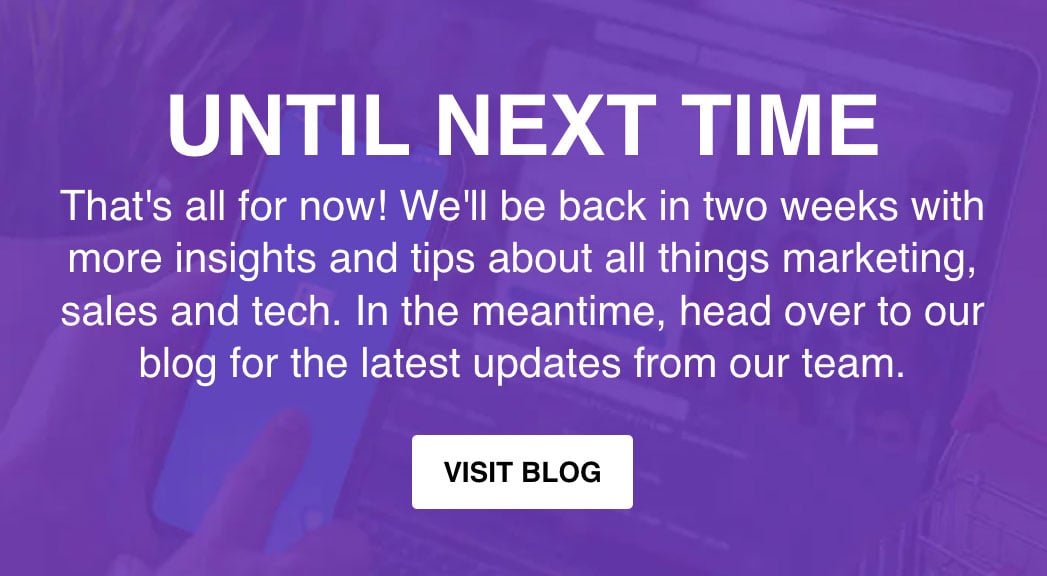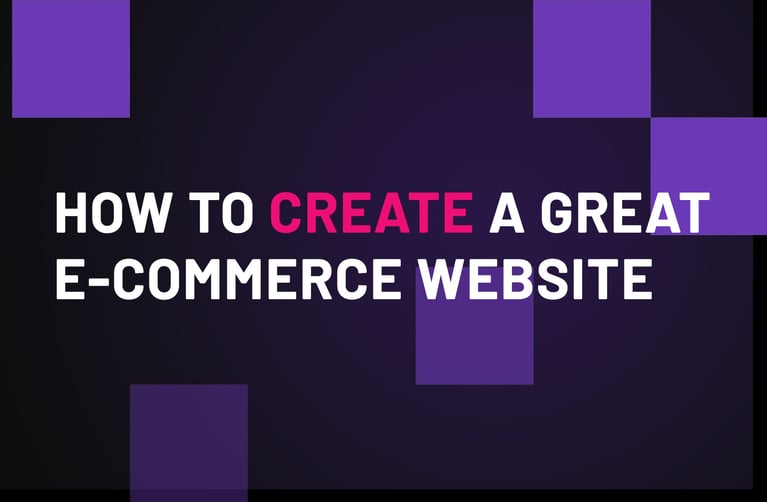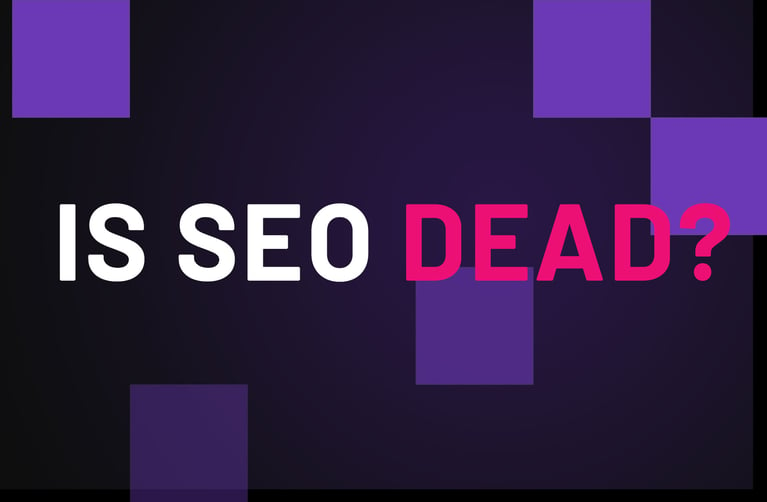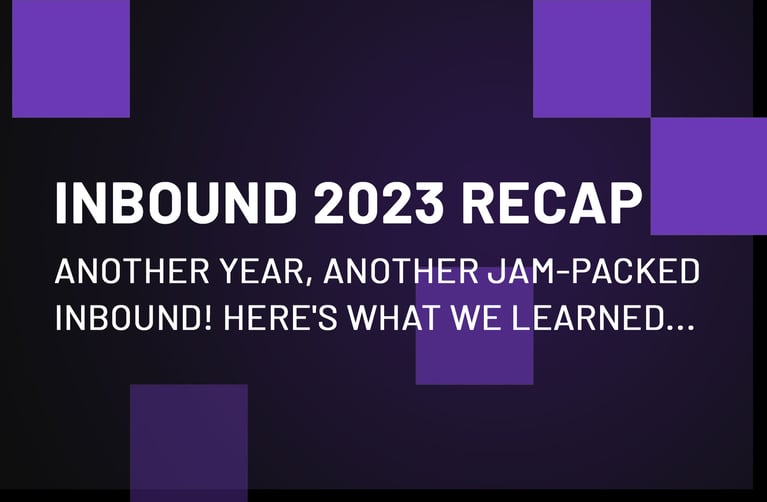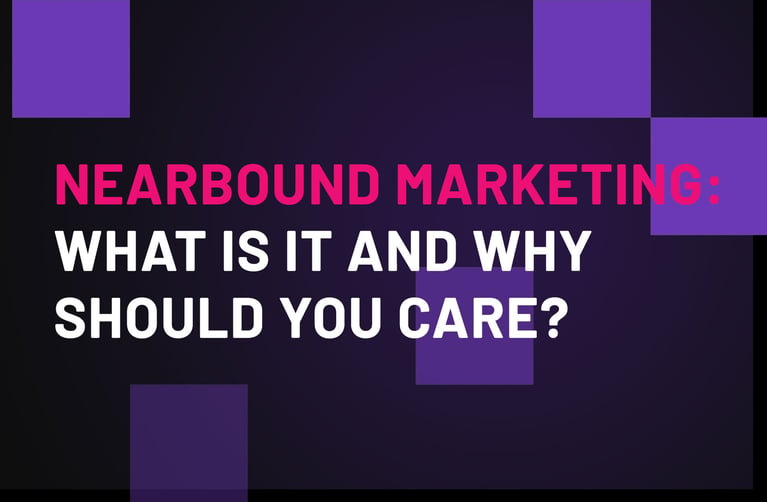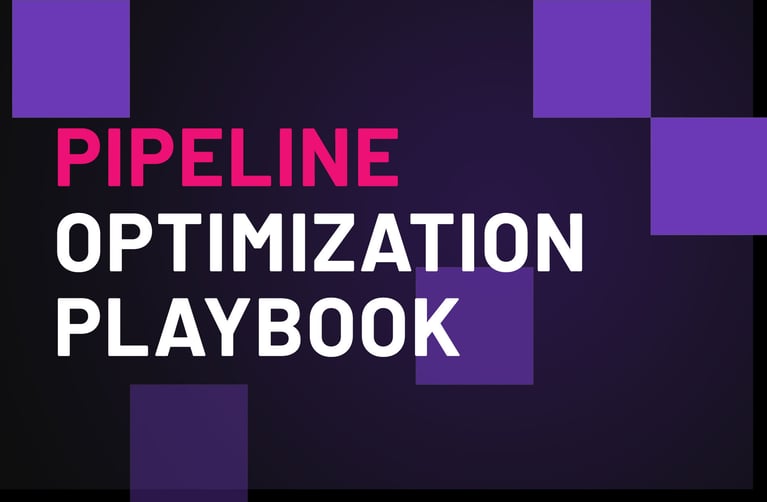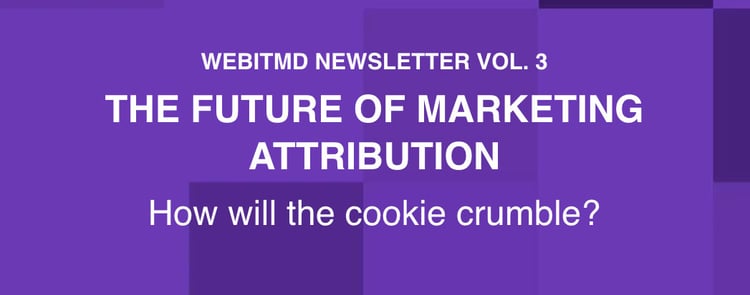
MARKETING ATTRIBUTION: LOVE IT OR HATE IT
During the nineteenth century, Philadelphia retailer John Wanamaker (supposedly) lamented, "Half the money I spend on advertising is wasted; the trouble is I don't know which half.”
It's fair to say Mr. Wanamaker would be blown away by all the tools and metrics we have to measure marketing attribution today.
But not everyone is happy about that.
The future of marketing attribution must balance user privacy with accurate measurement — a task that's easier said than done.
We've done a deep dive into the future of marketing attribution and compiled our findings here so you know what to expect and how to adapt.
WHAT'S CHANGING ABOUT MARKETING ATTRIBUTION?
Marketing attribution relies on the ability to track individual users' behavior across websites and devices. As you might expect, this has raised concerns about privacy from individuals, legislators, and platforms alike.
In response, there have been a number of changes that will shape marketing attribution moving forward. Here's a summary of the highlights:
CHANGE #1: THE END OF COOKIES? 🍪
For nearly 20 years, Google has used third-party cookies to track user behavior across the web for both Google Analytics and its ad network. But new legislation — chiefly the General Data Protection Regulation (GDPR) — has given users the ability to limit cookies or opt out of them entirely.
In response, Google is phasing out third-party cookies from Chrome in 2024 (a move that Safari and Firefox have already made).
CHANGE #2: APPLE GOES DARK 📱
In 2021, Apple introduced App Tracking Transparency (ATT), a privacy feature requiring third-party apps to seek users' permission to track them across other applications and websites. Today, only 25% of iOS users have opted into external activity tracking.
CHANGE #3: ZERO-CLICK TAKES OVER 🖱️
As platforms fight to keep users on their sites for as long as possible, "zero-click" content is dominating organic search and organic social.
Thanks to features like snippets and knowledge panels, nearly two-thirds of Google searches now end without a click. Similarly, social media algorithms have started rewarding posts without external links. One study found that LinkedIn posts without links get 6x more reach than those with links.
WHAT CAN MARKETERS DO ABOUT ALL OF THIS?
The silver lining in this situation is that "perfect" marketing attribution has never really existed, even with all the cookies and tracking in the world.
There are ads that go un-clicked, social media posts that go un-liked, and word-of-mouth recommendations that go unmentioned every day. These touchpoints are impossible to track but certainly influential in the buyer's journey.
That being said, there are still some changes you'll want to consider to help you navigate the new frontier of marketing attribution.
1. COLLECT YOUR OWN DATA 🔍
With third-party data becoming increasingly scarce, marketers need to double down on collecting first-party and zero-party data. Here are some ways you can gather more information about your customers:
- Use first-party cookies
- Create gated content
- Add pop-up forms to your website
- Build interactive lead-gen tools (graders, quizzes, etc.)
- Send surveys (pro tip: ask customers how they found you!)
- Request reviews
2. ADAPT YOUR CONTENT STRATEGY ✍️
In content marketing, the rules of engagement (literally) are always changing. Here's how you can adapt your content strategy to the new marketing attribution landscape.
- Plan around zero-click: To maximize organic search clicks, target keywords that are unlikely to have instant answers, featured snippets, or other zero-click features.
- Post native content: For organic social, you're better off sacrificing clicks in exchange for visibility by switching to a native content strategy.
- Think outside the box: Explore less "measurable" channels and formats that you might not have tried otherwise, such as co-branded content, videos and podcasts, and employee advocacy.
3. TAP INTO YOUR ENTIRE TEAM 💪
Your sales and customer support teams can share key details about your customers that you might have missed, including:
- Key decision-makers in the buying process
- Sales questions and objections
- End-user pain points
- Preferred communication channels
The future of marketing attribution is a complex topic involving privacy law, tech giants, and quite a few unknowns.
As always, we'd love to know what you think, Marketer. Have privacy laws gone too far? Is this whole situation being overblown? Reply to this email and tell us what's on your mind.
😉 TLDR: In the future, businesses will need to gather more first-party data and rethink their content strategies to win in a post-cookie world.



